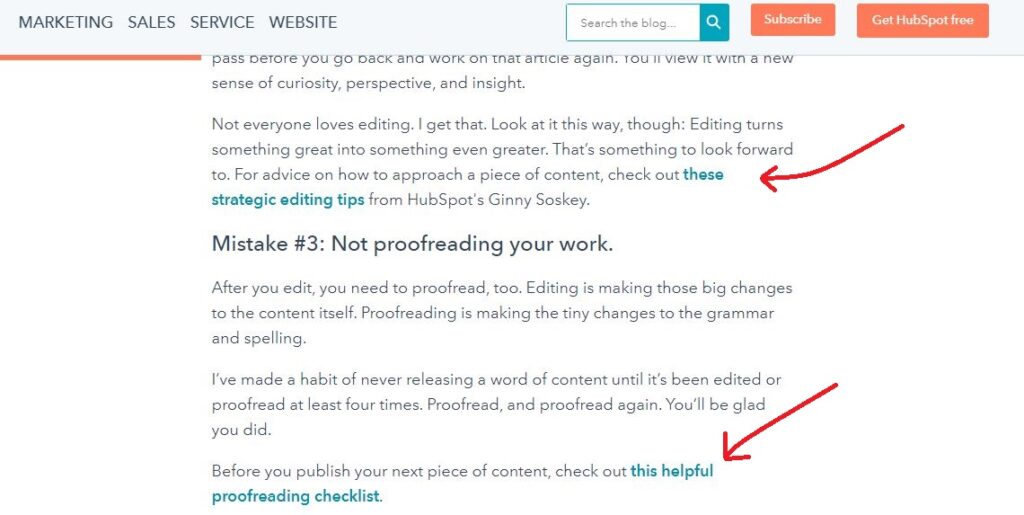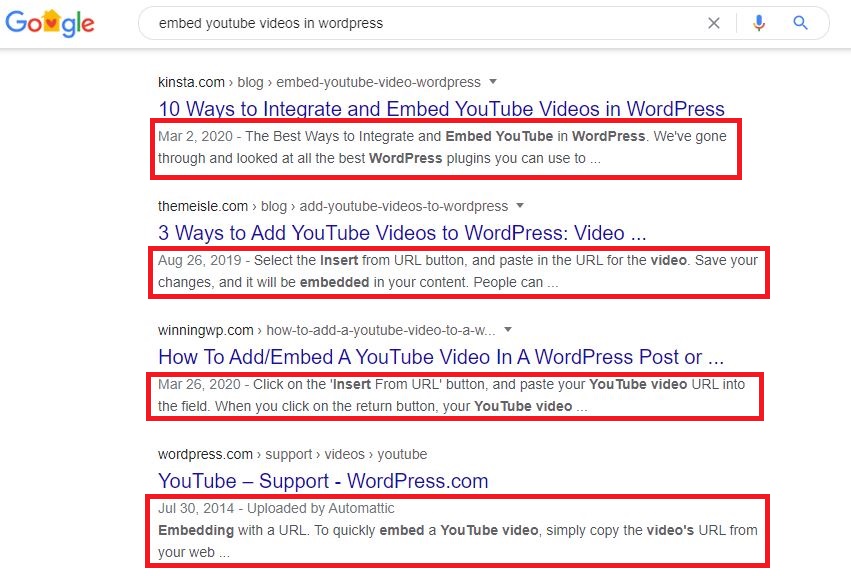If you ask anybody for a guest post these days, most of them would turn you down because of how saturated and useless it’s considered to be.
Anybody that has been in the content production field understands that guest posts now are usually either for links or just to get more exposure. Whatever the reason may be, it’s usually considered a one-sided benefit and thus is turned down by most of the bloggers.
However, with the right strategy and content production, you could actually make the most out of guest posting. And that is exactly what we’re going to show you in this post.
By the end of this post, not only would you be able to devise the right plans to produce the most perfect guest post, but you will also be able to align with the content quality of top-bloggers and websites.
At Dot Hacks, we have received countless guest post requests from people belonging to a variety of niches. But let’s say it right here – most of those posts are either off-topic, poorly punctuated, plagiarized, or don’t justify the topic at all.
From these posts, we learned that guest posting is a cuisine of distinct ingredients that work hand-in-hand in order to provide only the best quality content.
Introduction: The first and most essential principle of guest posting
Let’s get straight to the point – guest posting involves a lot of research.
Before you even think about submitting a guest post to anybody, think that it’s meant for a very different audience that knows nothing about you but you are given a platform to introduce yourself to them.
Now we all know that first impressions mean a lot, and that’s exactly what you want.
Guest posts are popular for bringing in traffic to your site, but that’s not what your plan should be at all. Your guest post should be able to build you an audience rather than momentary traffic.
Before you even start writing the first draft of your guest post, set two things straight –
- How is it going to benefit the publisher?
- How can you build an audience from the same guest post for yourself?
With that in mind, let’s walk you through some of the most important guest posting guidelines and how you could typically reap a lot of benefits from the next guest post that you send out.
The 9 essentials of guest posting
1. Send guest posts to sites that belong to your niche
A common mistake made by most of the authors, that send guest posts, is that they don’t care what niche they are sending a post towards. All they think is that a link from any high authority site is going to help their growth.
This is a common myth that you shouldn’t fall for.
If you are posting on somebody else’s blog as a guest, you are making their audience get familiar with your brand. Now if you are a digital marketing brand and you send out guest posts to a healthcare site, sure you’d get the link, but do you think any of the readers would be interested to know about your brand?
The more like-minded people read your post, the more people you can invite to interact with your brand.
For your guest post to perform exceptionally well, it needs to be able to raise an audience rather than traffic. You can get traffic even from pay-per-click advertising, but that’s not what your aim is if you want to build a brand.
2. Make your blog post exceptionally well
When you write a guest post, think of it as a single chance to prove yourself to a very alienated audience. Now this audience could be yours only if you are able to impress them with your content.
As you write your blog post, produce it in such a way as if it’s the cornerstone content of your own blog. That means that it has to be really well researched, thoroughly revised, and contain a lot of information.
When you are sending a guest post to another blog, make sure it has a lot of value to it. If you are really wondering what would be perfect, case-studies, guides, and other long-form blog posts are always the best options.
Take for example our latest case study on hiring freelancers. It has a ton of information, stats, and research into it. If it were to be published as a guest post on some other site, it’d have managed to garner attention because of how detailed it was.
Offering value is one of the best things that could make your guest post a success. Keeping your benefit at a bay is one of the most ideal options to raise an audience.
3. Don’t always do it for links
It’s totally understandable that people send out guest posts for links. All they want from every guest post is a backlink that could build the authority of their site. But as we discussed already, this strategy could get your momentary traffic, but not build an audience for you.
There are a lot of times when authors don’t give out backlinks from guest posts. Does that mean you shouldn’t guest post?
No!
Guest posting definitely gives you links, but that’s not what it’s all about. Your guest post should revolve around trying to get people interested in your content rather than getting as many links as possible.
You’ll still need to convert the visitors to your site from other sites which ultimately helps your brand. So if you think only links are going to help you, you might want to think again.
4. Adopt your content as per the guest posting guidelines
Before you start writing your guest post, you’ll often find that most of the sites already have a bunch of guidelines framed for the people that are willing to send in guest posts.
A common example is HubSpot’s guest post guidelines page that frames it point-by-point about how your guest post needs to be written.
And what’s more important is that you follow these guidelines.
Guest posting is practically hanging out on somebody’s turf. Now if they are willing to accept you there, well and good. And if not, your guest post won’t be accepted.
If you don’t follow the guidelines, doesn’t matter how good and authentic your post is, it won’t be accepted.
Make sure to contact the publishers of the site beforehand as well. Often, the guest posting window is closed by publishers and you won’t be able to get the guest blog posted.
5. The tone of your writing is important
Not only does your tone play a significant role in your own blog posts, but it plays the same role with any kind of content and especially lets the readers connect with the author.
Depending on the type of blog you are writing for, your tone could vary.
If it’s an educational site, you could keep the tone neutral, whereas if you’re trying to build authority, you could always personalize your writing for a certain audience. Maybe trying to include a funny story that happened with you last week.
Things like these help you connect with any kind of audience and make your guest post more appealing.
6. Stress on the graphics
When you are writing a guest post, you also have to try and focus on improving the host’s site’s numbers.
This means you have to focus on reducing bounce rate, make your content visually appealing, and make it as sharable as possible. And if you read our post on On-page SEO, you’d realize that you could do all that by the use of the right pictures and graphics.
The content of your guest post is the ultimate evidence of how you appear to an audience. You’d want to work hard on that.
From what we have realized is that the more insightful and informative a guest post is, the more evident is that the author is credible.
To make this clear to an audience, it’s ideal to fill your post with infographics and graphs that show your study.
Your content’s graphics, typography, and color scheme should work hand-in-hand to provide the best kind of experience to the readers.
7. Don’t Forget Internal Linking
Internal linking is one of the most important elements of a successful blog post. If you aren’t using them, not only are you giving up your chance of getting your other pages noticed by Google, but you are also letting people ignore some of the best content on your website.
Take Neil Patel’s guest post on Hubspot for an example. The content is filled with relevant internal links from Hubspot’s blog posts.

Internal linking has the same significance on a guest post as that of on the main blogs on your own site.
So if you want to reap the benefits with your guest post as well, make sure to link internal pages of the host’s site as well.
Do a thorough scan of all the pages and topics they have covered. Wherever you feel it’s relevant to link to their existing content, do it.
Internal linking not only helps the site’s metrics but would even convince the author that you have actually put in a lot of value in your guest post and could bump up your post over the rest of the requests.
8. Focus on Meta Descriptions
We’ve talked a lot about meta descriptions in the past. Meta descriptions are the brief descriptions in the search results below any result.

If left on their own, meta descriptions are automatically generated by Google and are usually picked from the first 100 words of your content.
But usually, they aren’t good enough to generate more readers from the search results.
And since you want to gather as many readers as possible, make sure you have a very personalized and appealing meta description. It only makes sense to spend days together to write the blog post and spend 5-10 minutes on producing a great meta description.
If you are self-publishing the guest post, plugins like Yoast or Rank Math can help you enter meta descriptions. And if you are sending just the guest post to the author, you can make a separate column at the top of your post and write a meta description there so that all the author has to do is to copy-paste it.
9. Powerful Call-to-Action (CTA)
CTA’s are the most important elements of any guest post. Of course, you’d want a link or something that directs the readers from the guest post to your website.
What you should know is that CTA’s are not limited to just links only. It entirely depends on your goal with the guest post and what you want the readers to do ultimately.
This means you could even capture leads with a Google form, redirect people to your social media profile, or even sell your product/service.
Whatever your goal is, make sure your CTA is:
- Well Placed
- Now shoved in the faces of your readers
- Provided as an option
- Not be the center of your post
The bottom line
Even though Google frowns upon guest blogs for links, that doesn’t mean this entire genre is over.
In fact, millions of guest posts are written and submitted monthly which, in fact, has kept this trend alive and thriving.
Guest posting is still one of the best ways to build your credibility, network with people, and gather an audience around your brand.
If you aren’t finding the success you want with your guest posts, don’t abandon them because of a lack of immediate results. It’s a slow yet worthwhile process.
Have you ever guest posted? If yes, tell us your story in the comments below 👇.
So, this concludes our case study. Before you go, you can even follow us on Instagram and LinkedIn. We share a lot of exclusive content out there.

